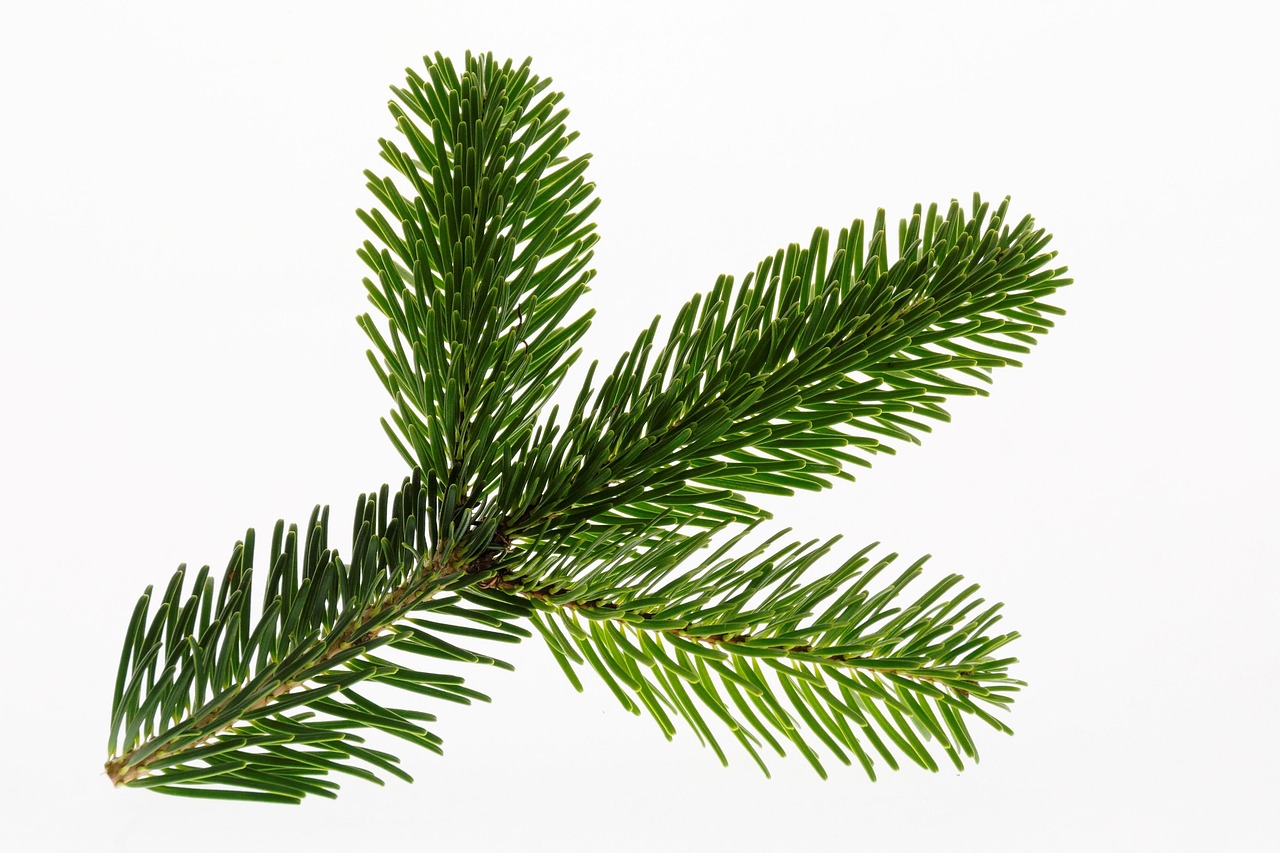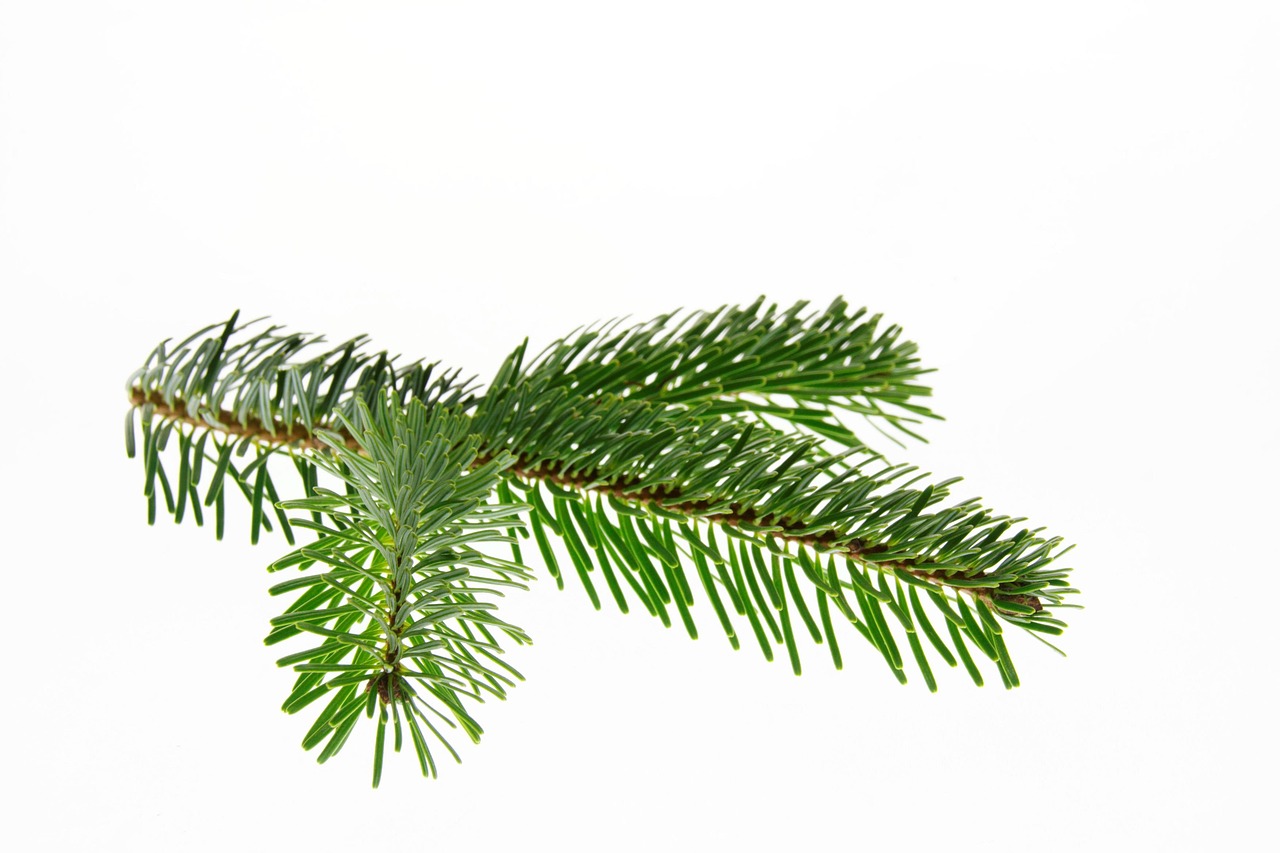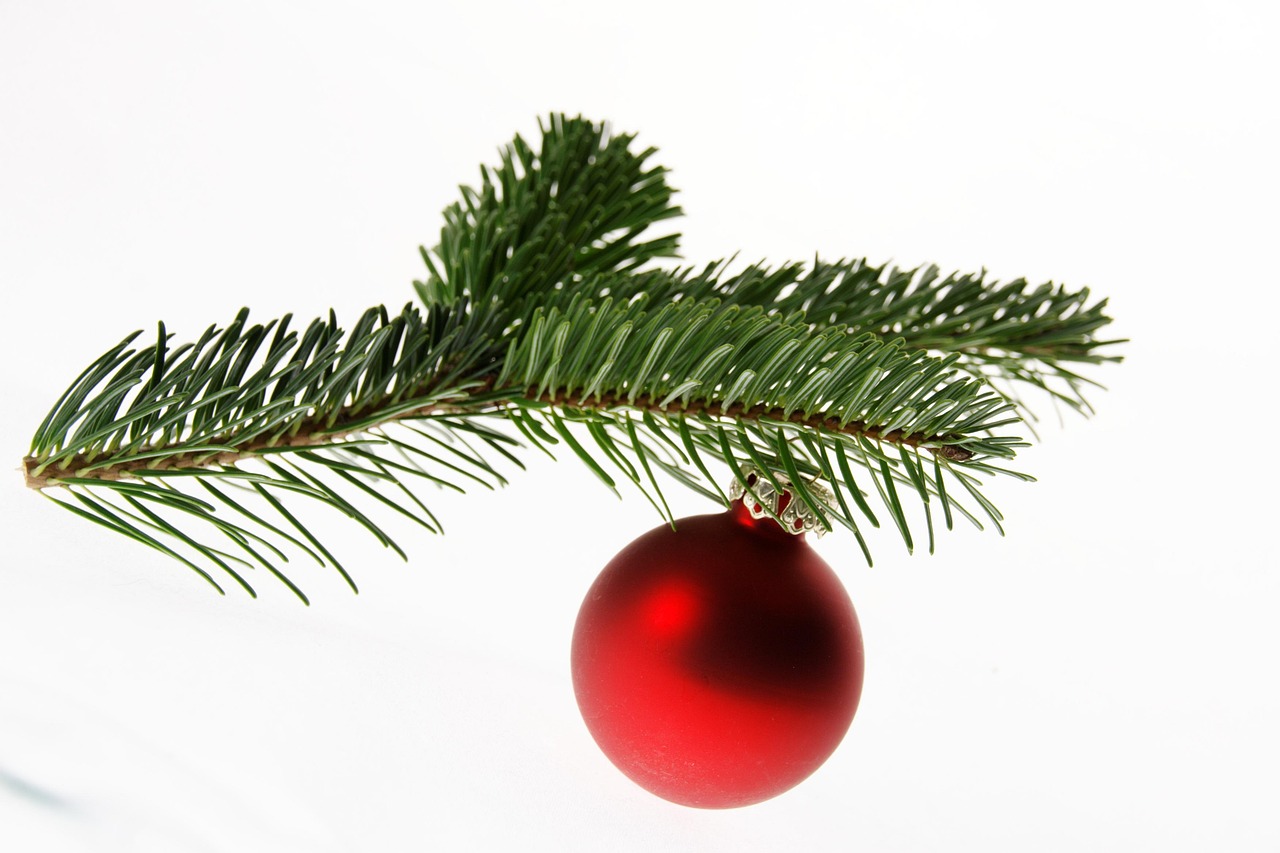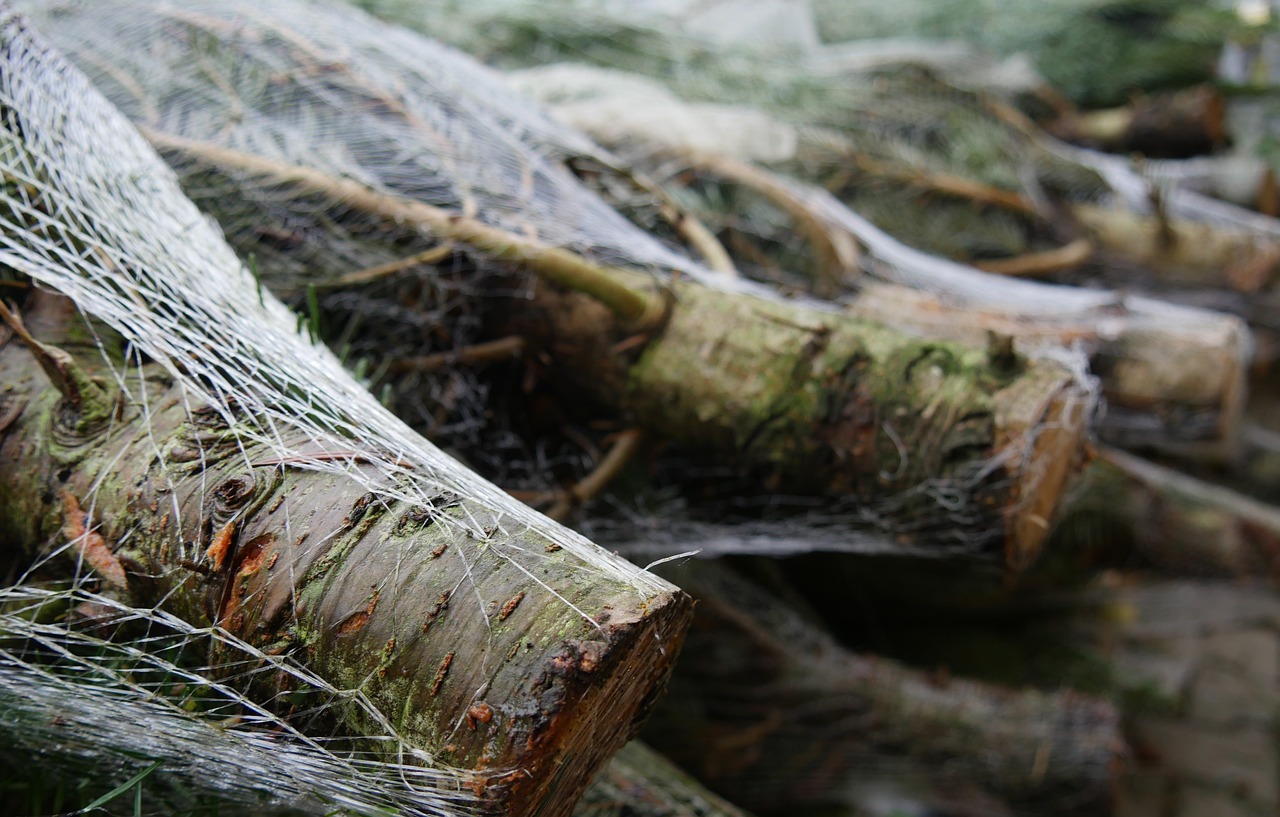The Nordmann fir tree typically grows at a rate of 12 to 18 inches per year under optimal conditions. This growth rate makes it a popular choice for Christmas tree farms, as it achieves the desired height for sale within a reasonable timeframe.
Introduction to Nordmann Fir Trees
The Nordmann fir tree, scientifically known as Abies nordmanniana, is a native species of the Caucasus Mountains. Its popularity has surged in recent years, particularly during the holiday season. Known for its attractive appearance and excellent needle retention, the Nordmann fir is often chosen as a Christmas tree. Understanding its growth rate is essential for growers and buyers alike.

One of the key factors contributing to the Nordmann fir’s appeal is its lush, dark green foliage. The tree has a symmetrical shape, making it visually pleasing in any setting. Additionally, its sturdy branches can support a variety of ornaments, adding to its charm as a Christmas tree.
Growth Rate Factors
The growth rate of the Nordmann fir can be influenced by several factors. These include environmental conditions, soil quality, and care practices. Below are some key elements that affect how quickly these trees grow:
- Climate: Nordmann fir trees thrive in temperate climates. They prefer cool temperatures and can be adversely affected by extreme heat.
- Soil Quality: Well-drained, fertile soil is essential for optimal growth. Sandy loam is often the best choice for these trees.
- Watering: Consistent moisture is crucial, especially during dry spells. However, overwatering can lead to root rot.
- Fertilization: Proper fertilization helps promote healthy growth. A balanced fertilizer can enhance nutrient availability in the soil.
- Pest Control: Keeping pests at bay is vital for maintaining healthy trees. Regular monitoring and treatment can prevent infestations.
Growth Rate Timeline
Understanding the growth timeline of the Nordmann fir can help growers plan effectively. The following table outlines the typical growth stages of a Nordmann fir tree from planting to maturity:

| Age (Years) | Height (Feet) | Notes |
|---|---|---|
| 1 | 1-2 | Initial establishment phase; focus on root development. |
| 3 | 3-4 | Significant growth begins; trees need regular care. |
| 5 | 5-6 | Trees reach marketable height; may start producing cones. |
| 7 | 7-8 | Full growth potential; ideal for Christmas tree sales. |
The growth rate of the Nordmann fir can vary based on specific conditions, but generally, growers can expect their trees to reach around 6 to 8 feet tall by the time they are 7 years old. This height is ideal for most Christmas tree buyers.
Care Practices for Optimal Growth
To ensure that Nordmann fir trees grow at their optimal rate, certain care practices should be followed. Here are some recommended practices:
- Mulching: Applying mulch around the base of the tree can help conserve moisture and suppress weeds.
- Pruning: Regular pruning encourages bushier growth and maintains the shape of the tree.
- Pest Management: Implementing an integrated pest management approach can help protect trees from harmful insects.
- Disease Prevention: Monitoring for signs of disease and acting quickly can prevent significant loss in growth.
Caring for Nordmann fir trees correctly is essential to achieving healthy growth and ensuring they develop into beautiful Christmas trees. By understanding their growth rate and implementing best practices, growers can enjoy a successful yield each season.

Environmental Conditions for Growth
The growth rate of Nordmann fir trees is significantly influenced by environmental conditions. Understanding these factors can help growers optimize their cultivation practices. The following elements play crucial roles in the overall growth and health of these trees:
- Temperature: Nordmann fir trees prefer cooler climates. Ideal temperatures range from 60 to 70 degrees Fahrenheit during the growing season. Extreme heat can stunt their growth.
- Sunlight: These trees thrive in full sunlight, needing at least six hours of direct sunlight daily. Insufficient light can lead to weak growth and poor foliage density.
- Humidity: Moderate humidity levels are favorable. High humidity may increase the risk of fungal diseases, while low humidity can cause stress and hinder growth.
- Wind Exposure: Strong winds can damage young trees. Planting them in a sheltered area can help protect them during early growth stages.
Soil Requirements
The type and quality of soil are vital for the healthy growth of Nordmann fir trees. They prefer well-drained soils rich in organic matter. Here are some key soil characteristics to consider:
- Soil Texture: Sandy loam to loamy soils provide the best drainage and nutrient retention, which is essential for root health.
- pH Level: The ideal soil pH for Nordmann fir is between 6.0 and 7.0. Conducting regular soil tests can help maintain suitable pH levels.
- Nutrient Availability: Nutrient-rich soil supports faster growth rates. Incorporating organic matter, such as compost, can enhance soil fertility.
Irrigation Practices
Watering is a critical aspect of growing Nordmann fir trees. Proper irrigation practices help ensure that trees receive adequate moisture without becoming waterlogged. Here are some effective irrigation methods:
- Drip Irrigation: This method delivers water directly to the root zone, minimizing waste and preventing fungal diseases associated with surface watering.
- Soaker Hoses: Soaker hoses provide consistent moisture over time, making them ideal for newly planted trees.
- Frequency: Trees require deep watering once a week during dry periods. Checking soil moisture levels helps determine when watering is needed.
Pests and Diseases
Pest management is crucial for maintaining the health and growth rate of Nordmann fir trees. Various pests and diseases can impact their development, so early identification and intervention are essential. Common issues include:

Pests
- Spider Mites: These pests thrive in dry conditions and can weaken trees by sucking sap from the needles. Regularly checking foliage can help with early detection.
- Bark Beetles: These insects bore into the bark, disrupting water and nutrient flow. Healthy trees are less susceptible, so proper care is important.
- Aphids: Aphids can cause curling of new growth and may transmit diseases. They are often controlled through natural predators or insecticidal soap.
Diseases
- Root Rot: Caused by overwatering, this disease affects the roots and leads to tree decline. Ensuring proper drainage can help prevent it.
- Needle Cast: This fungal disease causes needles to turn yellow and drop prematurely. It is often managed through good air circulation and fungicides when necessary.
Harvesting and Yield Considerations
The timing of harvesting Nordmann fir trees is essential to ensure maximum quality and market value. Growers typically harvest these trees when they reach heights of 6 to 8 feet, generally between 7 to 10 years after planting. Key considerations for harvesting include:
- Trees’ Height: Most buyers prefer trees that are 6-8 feet tall, making this height an ideal target for harvest.
- Tree Condition: Healthy, well-shaped trees are more desirable in the market. Growers should monitor tree health throughout their growth cycle.
- Market Demand: Understanding market trends can help growers decide when to harvest for optimal pricing.
The careful consideration of environmental conditions, soil requirements, pest management, and harvesting strategies are all integral parts of successfully growing Nordmann fir trees for the Christmas tree market.
Post-Harvest Care and Handling
Once Nordmann fir trees are harvested, proper care is essential to maintain their freshness and quality for consumers. The way trees are handled post-harvest can significantly affect their longevity and appearance when displayed. Here are some key practices to follow:
Immediate Post-Harvest Practices
- Fresh Cut: After cutting, it is crucial to make a fresh cut on the trunk. This helps improve water absorption and extends the tree’s life.
- Watering: Keeping the cut end submerged in water immediately after cutting helps to retain moisture.
- Storage Conditions: Store trees in a cool, shaded area to prevent drying out. Avoid exposing them to direct sunlight or heat sources.
Transporting Trees
Transportation of Nordmann fir trees must be done carefully to prevent damage:
- Use Proper Equipment: Utilize equipment that minimizes movement and prevents physical damage during transport.
- Protective Covering: Use netting or tarps to protect the trees from wind and sun exposure during transit.
- Maintain Upright Position: Trees should be transported in an upright position to avoid crushing branches and damaging the cut end.
Consumer Care Instructions
Educating consumers on how to care for their Nordmann fir tree once it is in their home is vital for maintaining its freshness during the holiday season. Here are some recommended care tips for consumers:
- Watering: Consumers should place the tree in a stand that holds water and check the water level daily. A tree can absorb a significant amount of water, especially in the first few days.
- Avoid Heat Sources: Keep the tree away from heat sources like radiators, fireplaces, and direct sunlight, as these can lead to premature drying.
- Pest Monitoring: Consumers should regularly inspect the tree for pests and take action if necessary to prevent infestations.
The Economic Aspects of Growing Nordmann Fir Trees
Growing Nordmann fir trees can be a lucrative business. Understanding the economic aspects is crucial for growers considering entering the market. Here are some important factors to consider:
Initial Investment
The initial investment for starting a Nordmann fir tree farm includes costs for land, seedlings, equipment, and maintenance. Below is a breakdown of typical expenses associated with starting a farm:
| Expense Category | Estimated Cost (USD) |
|---|---|
| Land Preparation | $500 – $2,000 |
| Seedlings (per acre) | $1,000 – $1,500 |
| Equipment Purchases | $2,000 – $5,000 |
| Pest Control and Fertilizers | $300 – $800 annually |
| Total Initial Investment | $3,800 – $9,300 |
Pricing Strategies
Pricing strategies for selling Nordmann fir trees can vary based on several factors. Here are key considerations for setting prices:
- Market Research: Investigating local market prices can help set competitive rates.
- Tree Quality: Higher quality trees with better shape and health can command higher prices.
- Seasonal Trends: Prices may fluctuate during peak seasons. It is beneficial to adjust pricing based on supply and demand.
Future Trends in Nordmann Fir Production
The future of Nordmann fir production looks promising as the demand for Christmas trees continues to grow. Several trends are shaping this industry:
Sustainable Practices
More consumers are becoming environmentally conscious. Sustainable farming practices, such as organic growing methods and responsible land use, are gaining popularity. Growers who adopt these practices may find a competitive edge in the market.
Technology Integration
The use of technology in tree farming is on the rise. Innovations such as soil moisture sensors, drones for monitoring growth, and precision agriculture techniques can help increase efficiency and productivity.
Diverse Market Opportunities
The market for Nordmann fir trees is expanding beyond traditional sales. Opportunities such as offering tree delivery services, providing pre-cut trees at retail locations, or engaging in agritourism by inviting customers to cut their own trees are becoming popular.
By staying informed about economic aspects and market trends, growers can maximize their success in cultivating Nordmann fir trees for Christmas celebrations.
Future Research and Development
As the demand for Nordmann fir trees continues to grow, ongoing research and development in tree farming practices will be essential. Several areas warrant attention to ensure the sustainability and profitability of Nordmann fir production:
- Genetic Research: Developing improved varieties of Nordmann fir that are more resilient to pests and diseases could enhance yields and reduce loss.
- Climate Adaptation Studies: Research into how climate change affects the growth patterns of Nordmann fir could help growers adapt their practices accordingly.
- Water Management Research: Investigating efficient irrigation techniques that conserve water while supporting tree health will be increasingly important as water resources become more limited.
Community Engagement and Education
Building community relationships is another important aspect of successfully growing Nordmann fir trees. Engaging with local communities can provide various benefits:
- Workshops and Educational Programs: Hosting workshops on sustainable practices and tree care can foster goodwill and support for local growers.
- Collaborative Efforts: Partnering with local organizations for tree planting initiatives can strengthen community ties and promote environmental stewardship.
- Farm Tours and Events: Inviting the community to visit farms can enhance awareness about tree farming practices and create a positive image of tree growers.
Marketing Strategies for Success
Effective marketing strategies are crucial for promoting Nordmann fir trees. Growers should consider the following approaches:
- Online Presence: Establishing a website and utilizing social media platforms can help reach a broader audience and showcase the quality of the trees.
- Local Advertising: Engaging in local advertising through newspapers, community boards, and radio can attract nearby customers.
- Seasonal Promotions: Offering special deals during peak holiday seasons can entice more buyers and increase sales volume.
Final Thoughts
The Nordmann fir tree stands out as a top choice for Christmas trees, thanks to its appealing characteristics and excellent needle retention. By understanding its growth rate, environmental needs, pest management, and post-harvest care, growers can successfully cultivate these trees for the market.
As the industry evolves, embracing sustainable practices and technological innovations will be vital in meeting consumer expectations and addressing environmental concerns. With an increasing focus on community engagement, education, and effective marketing strategies, growers can build a robust business centered around Nordmann fir trees.
Ultimately, those who invest time and resources into understanding the intricacies of Nordmann fir cultivation will find themselves well-positioned in a thriving market. As Christmas trees continue to be a cherished tradition, the Nordmann fir will likely remain a beloved choice for families celebrating the holidays.
